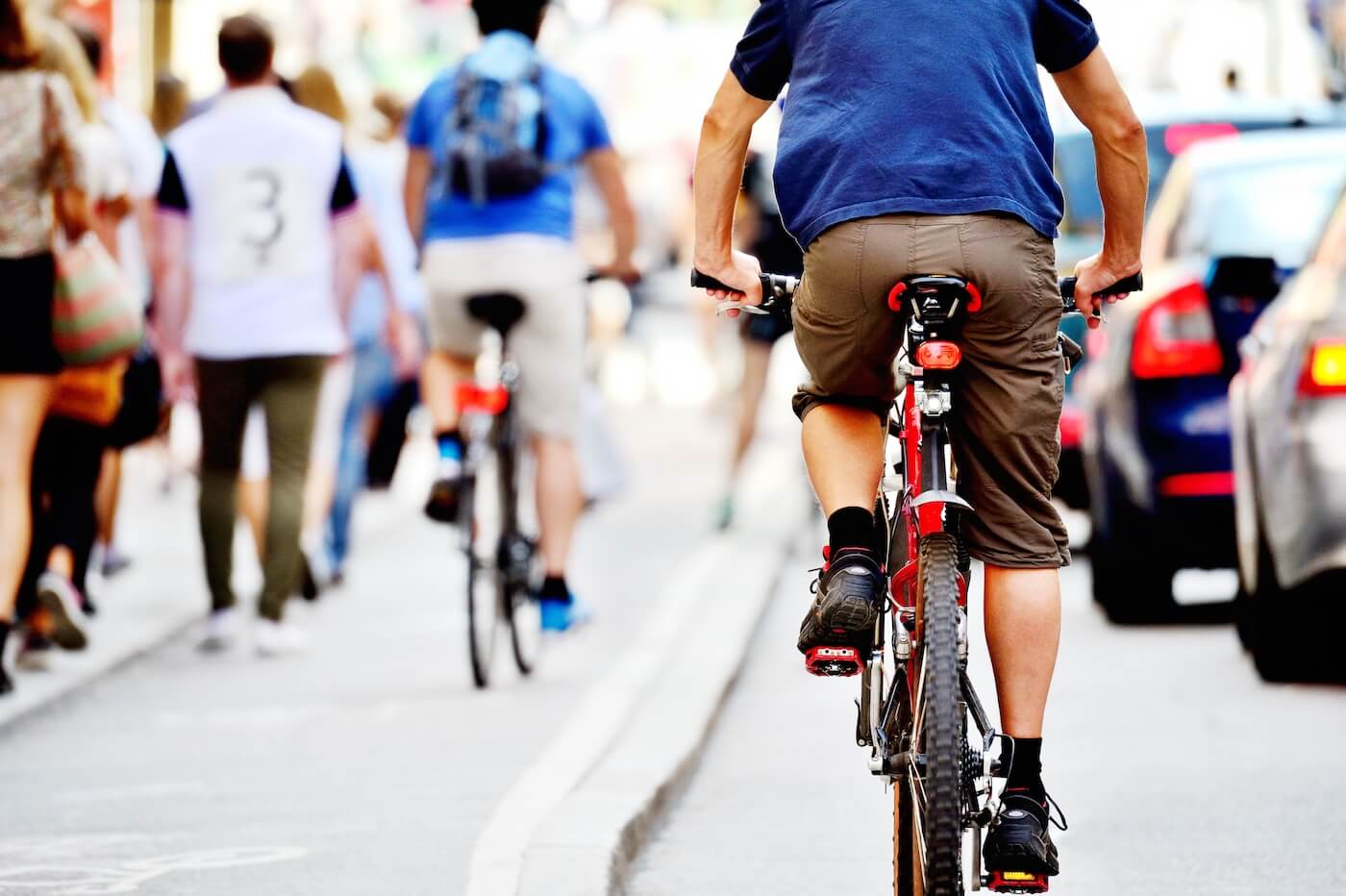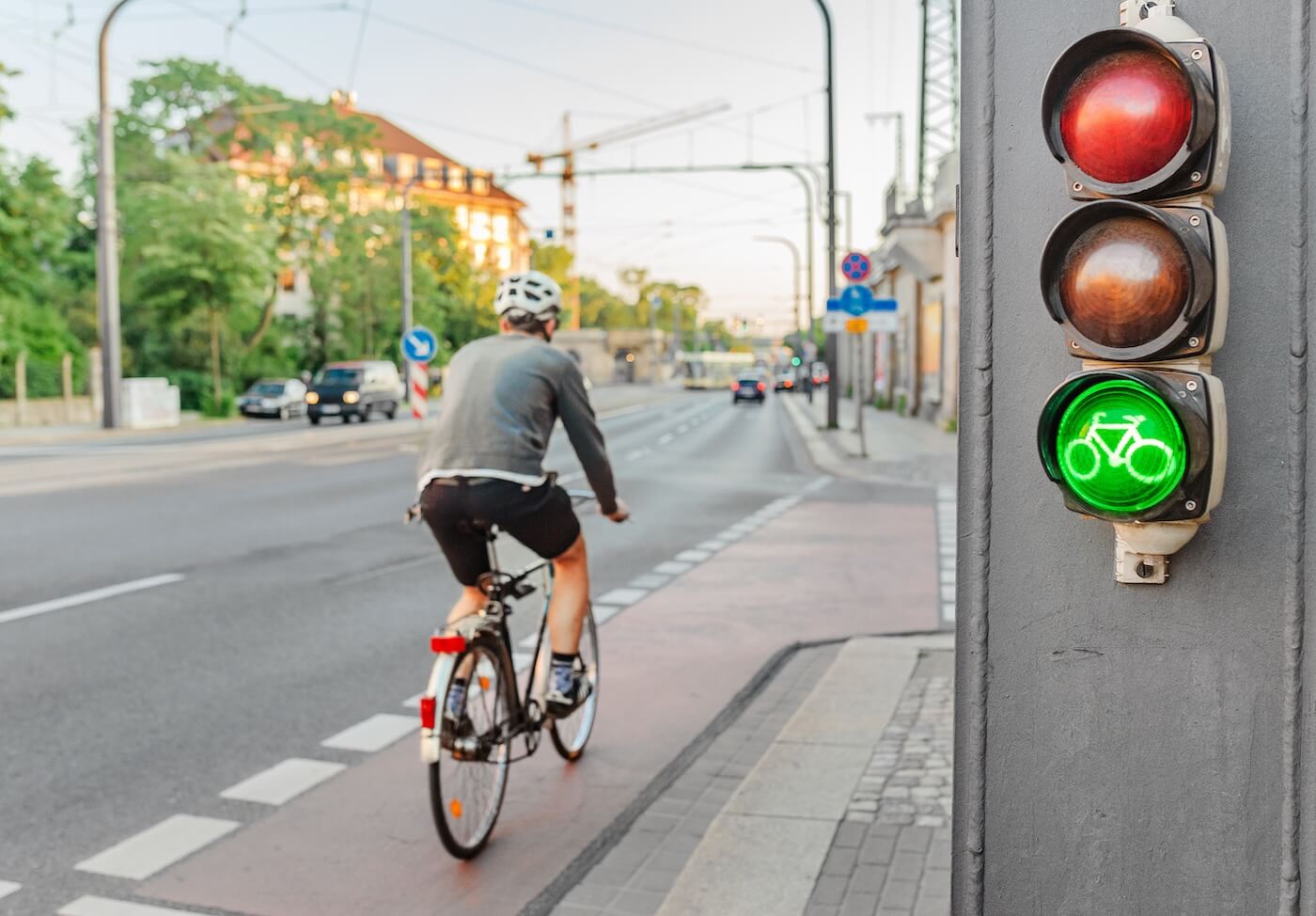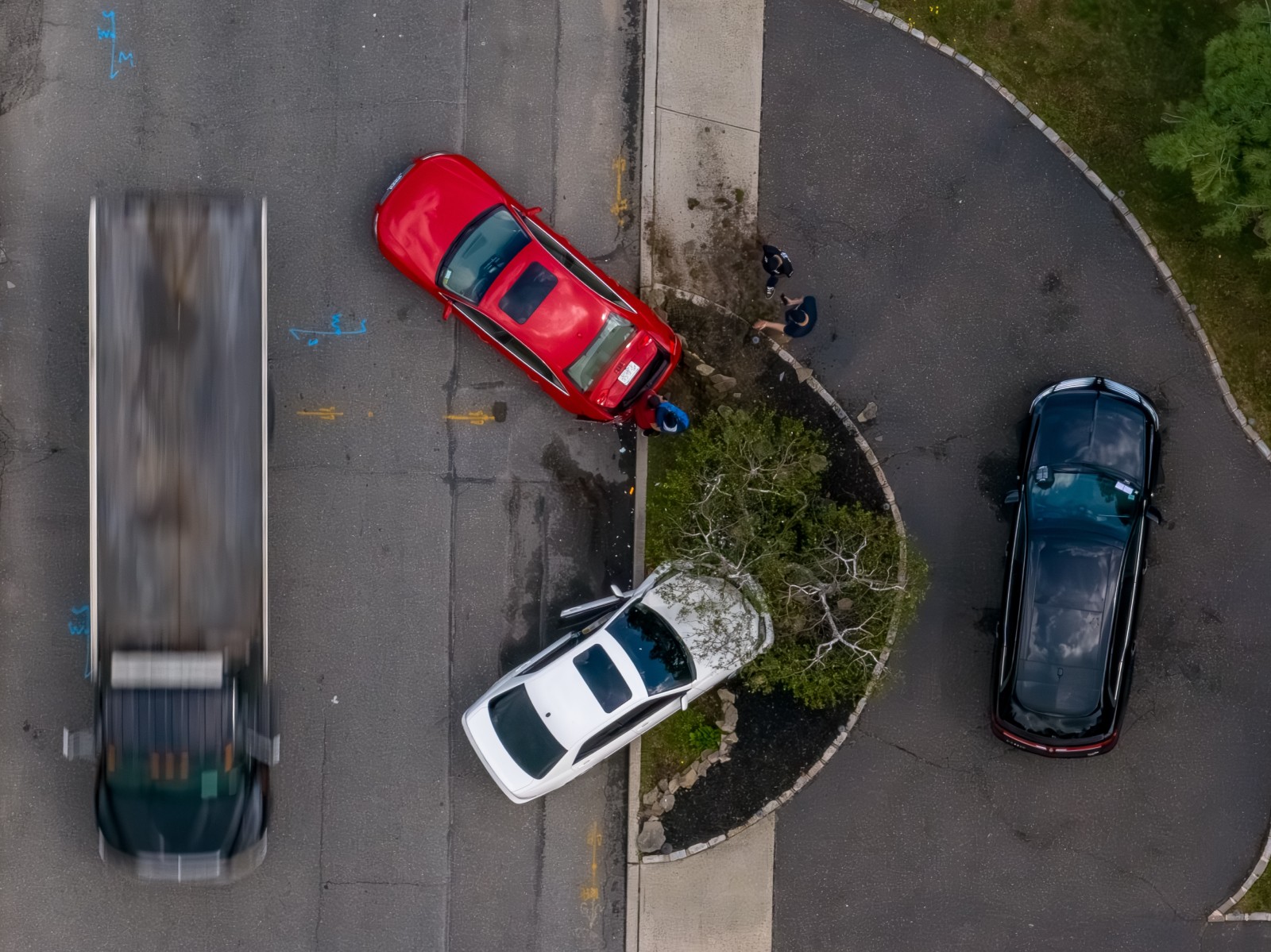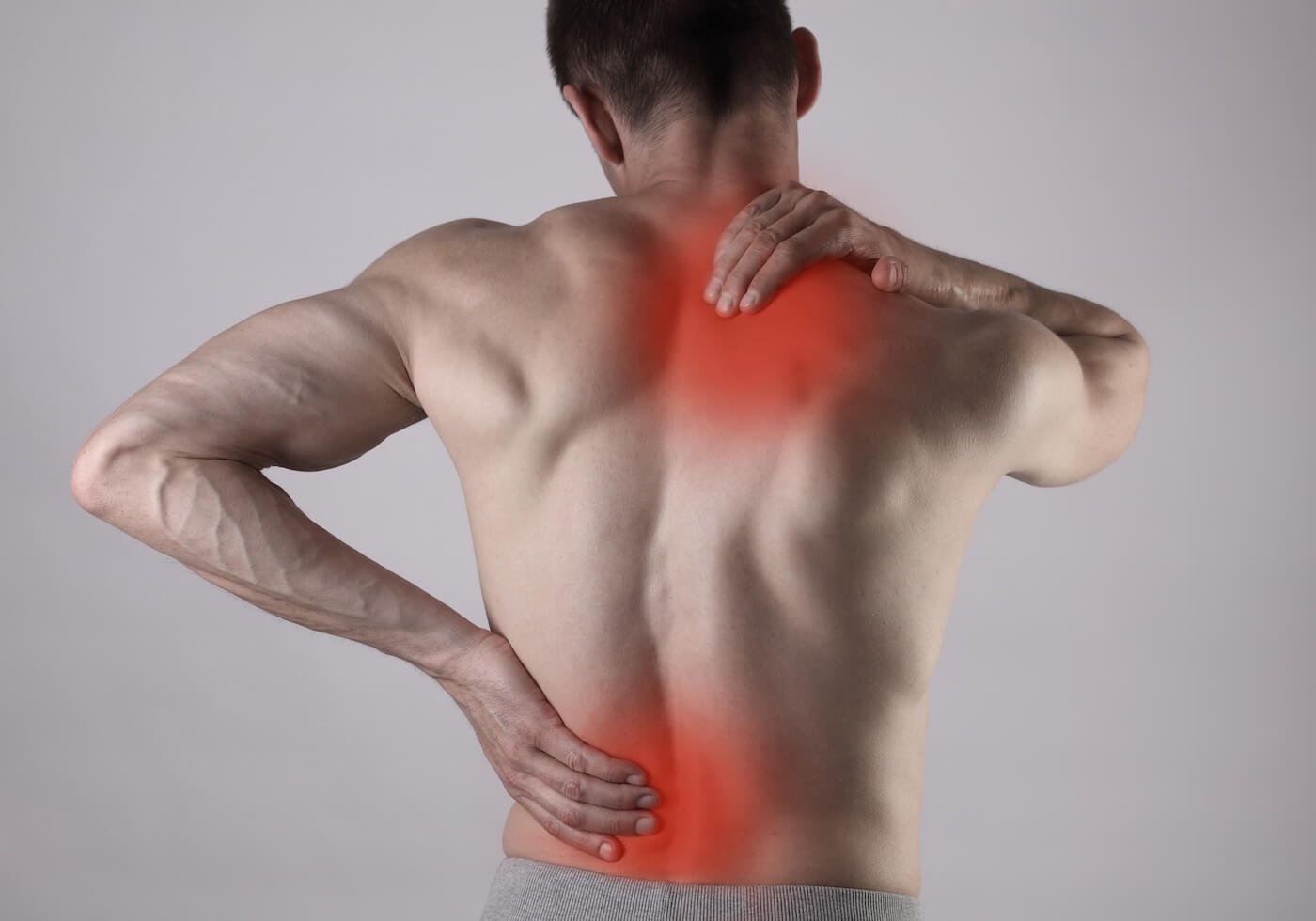Do Bike Lanes Actually Reduce Bicycle Accidents?

Written by Molly A. Ullrich

If you ride a bike regularly or are considering taking it up, safety is probably a top concern. You might wonder whether bike lanes actually make your rides safer or if they create new risks. Understanding the real impact of bike lanes on accident rates can help you make more informed decisions about where and how to ride.
Studies show that well-designed bike lanes generally reduce bicycle accidents by providing a dedicated space for cyclists, separating them from fast-moving traffic. However, not all bike lanes are created equal, and their effectiveness can depend on factors like location, design, and maintenance.
The Role of Bike Lanes in Reducing Bicycle Accidents
Statistical Trends in Bicycle Accident Rates
Studies show cities with well-designed bike lanes often report a reduction in bicycle accidents ranging from 20% to 50%. For example, a 2023 report from the National Highway Traffic Safety Administration found that protected bike lanes lowered injury crashes by 30% compared to roads without bike lanes.
However, areas with poorly marked or narrow lanes sometimes see no significant change or a slight increase in accidents. This often occurs where motorists are not accustomed to sharing the road safely or when bike lanes abruptly end without clear transitions.
Benefits and Limitations of Bike Lanes
Bike lanes provide a dedicated space for cyclists, which reduces conflicts with vehicles and pedestrians. This separation can reduce head-on and side-impact crashes by clearly defining road space.
There is improved visibility because bike lanes signal to drivers that cyclists are expected. This can lead to more cautious driving near cyclists.
Limitations include inconsistent coverage—bike lanes might not connect well across the city, forcing cyclists into dangerous areas. Riders could face risks at intersections, where many bike lane injuries occur due to turning vehicles.
Bike lanes alone do not solve all safety issues; complementary measures like traffic calming and public awareness campaigns are essential.
Comparison with International Bike Lane Systems
Countries like the Netherlands and Denmark have extensive, continuous bike lane networks that contribute to some of the lowest bicycle accident rates globally. Their lanes are often physically separated from traffic by curbs or barriers, not just painted lines.
You can observe that these systems integrate bike infrastructure into urban planning, with clear signage, traffic signals for cyclists, and prioritization of bicycles in intersections.
In contrast, many U.S. cities still rely on painted bike lanes that offer limited protection, leading to mixed safety results. Adopting physical barriers and comprehensive networks could improve safety by reducing collisions.
Urban Planning and Policy Implications
Influence of Urban Infrastructure on Bicycle Safety
The layout of streets and bike lanes significantly impacts your safety on a bike. Dedicated, protected bike lanes reduce interactions with motor vehicles, which lowers accident risk. Painted bike lanes alone offer less protection and can create a false sense of security.
Intersections are critical points. Well-designed signal timing and clear markings help prevent collisions. Riders also benefit from features like buffered lanes, physical barriers, and bike boxes that improve visibility and separation from traffic.
Infrastructure that supports consistent, continuous bike routes allows cyclists to ride predictably and confidently. Disconnected or poorly maintained lanes can increase hazards by forcing them into unsafe traffic.
Community Responses and Local Concerns
A community’s support or opposition to bike lanes often depends on perceived trade-offs like parking loss or slower vehicle traffic. Resistance can emerge from businesses worried about accessibility or residents concerned about neighborhood character.
Engaging with local stakeholders early helps address these concerns. Data showing accident reduction and increased cycling can shift opinions over time, but initial pushback may affect how bike infrastructure is implemented.
You might notice that areas with strong cycling advocacy tend to have better-designed lanes and safer road environments. Balancing different community interests remains key to gaining wider acceptance.

Policy Recommendations for Safer Cycling
Policies should mandate protected bike lanes as standard in urban road design to enhance your safety. Updating traffic laws to protect cyclists and setting minimum width and separation standards creates consistency.
Funding allocations must prioritize bicycle infrastructure maintenance and expansion. Your city can also support safety education campaigns targeting drivers and cyclists to reduce risky behaviors.
Implementing data-driven decisions using accident reports and cycling volumes improves where and how you get safer lanes. Encouraging multi-agency collaboration to integrate cycling safety into broader transportation and land use planning.
Legal Considerations and Advocacy Initiatives
Smith & Weidinger PLLC’s Experience with Bicycle Accident Claims
Smith & Weidinger PLLC specializes in bicycle accident claims, offering expertise in navigating complex liability issues. We handle cases involving driver negligence, unsafe road conditions, and a lack of proper bike lane infrastructure.
Our firm works to secure compensation for medical bills, lost wages, and pain and suffering. Our experience often leads to favorable settlements or trial verdicts because we understand local traffic laws and accident dynamics.
If you are injured in a bike accident, Smith & Weidinger PLLC can help gather evidence like police reports, witness statements, and medical records to build a strong case.
Core Legal Processes Following a Bicycle Accident
After a bicycle accident, you must document injuries and damages thoroughly. This includes seeking medical treatment, taking photos of the scene, and collecting witness contacts immediately. Next, you file an accident report with law enforcement. The legal process often requires notifying insurance companies, negotiating settlements, or preparing for court.
You should be aware of statutes of limitations that limit how long you have to file a claim. Missing deadlines can forfeit your right to compensation. Legal processes also involve determining liability, which can be complicated if multiple parties share fault.
The Importance of Legal Guidance for Cyclists
Obtaining legal guidance after an accident is essential to protect your rights. Lawyers help interpret complex laws, handle insurance negotiations, and avoid common pitfalls that can weaken your case.
Without legal support, you may underestimate the value of your claim or accept inadequate settlement offers. An attorney can also explain your options if the case requires litigation.
You will benefit from advice on how to communicate with insurance adjusters and what evidence to preserve. This ensures the best chance for proper compensation.
Advocacy for Comprehensive Cycling Legislation
Advocating for stronger cycling laws improves safety and reduces accidents overall. Efforts focus on developing clear bike lane standards, lowering speed limits in urban areas, and increasing driver education on sharing the road.
You can participate in local advocacy groups or support legislation that funds bike infrastructure improvements. These initiatives aim to create safer environments for cyclists. Lawmakers should also consider policies requiring better lighting, signage, and protected bike lanes, which data shows help reduce crashes and injuries. Your involvement can push these changes forward.
Note: The information provided in this blog post has been compiled from publicly available and secondary sources. While we strive for accuracy, some details may become outdated or contain inadvertent errors. If you believe any information is incorrect or requires updating, please contact Smith & Weidinger so that we may review and make the appropriate corrections.
Disclaimer: This blog post is for informational purposes only and is not intended as a solicitation for business. The photo used is not from the scene of the incident described. Viewing this content does not create an attorney-client relationship with Smith & Weidinger. If you have been injured in an accident, please seek immediate medical attention and then consult with a qualified attorney to discuss your legal rights and options.










